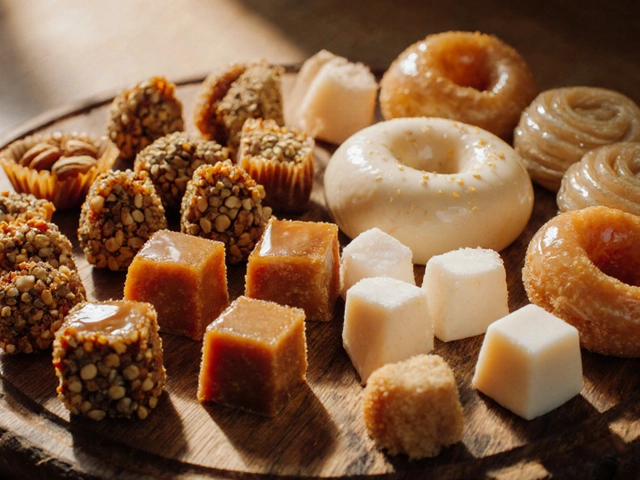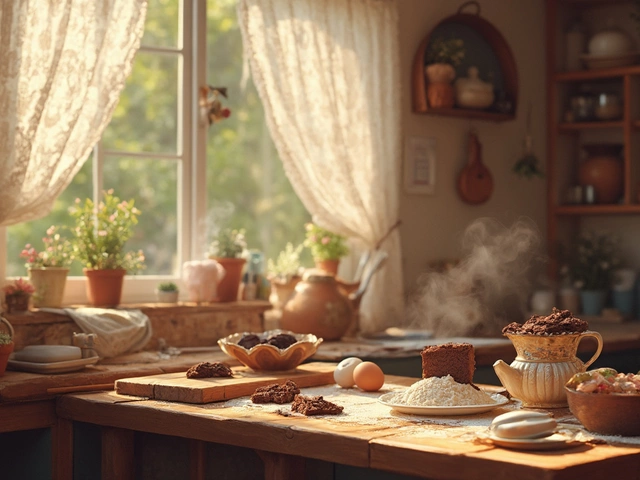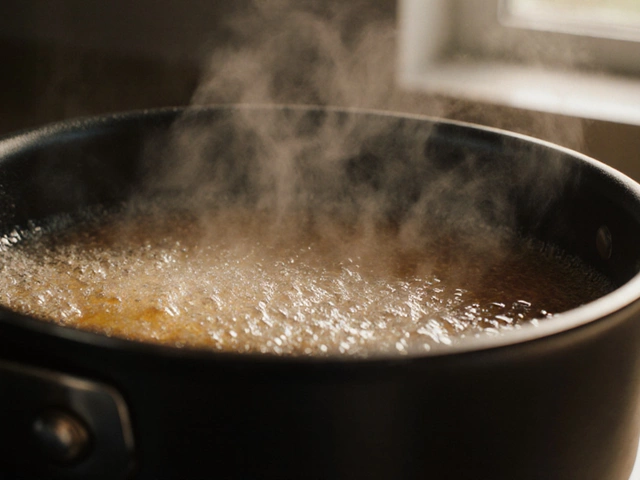Freeze Macarons: Simple Tips to Store and Preserve Your Sweet Treats
Ever baked a batch of perfect macarons only to wonder how to keep them fresh for later? Freezing is the answer, and it’s easier than you think. In this guide you’ll get practical steps to freeze, thaw, and serve macarons without losing that classic chew and crisp.
Why Freezing Works for Macarons
Macarons are made of egg whites, sugar, and almond flour, which means they have a low moisture content. When you freeze them, the structure stays stable and the flavors lock in. The key is to protect them from air and moisture, so they don’t turn mushy or develop freezer burn.
Step‑by‑Step Freezing Process
1. Cool completely. Let your macarons sit at room temperature until the shells are dry to the touch. Any residual moisture will turn into ice crystals in the freezer.
2. Separate shells and fillings. Store shells and buttercream or ganache separately. This prevents the filling from soaking into the shell while it thaws.
3. Wrap each shell. Place a single macaron shell in a small piece of parchment paper, then seal it in a resealable freezer bag. Squeeze out as much air as possible.
4. Wrap the filling. Scoop your buttercream or jam into a tiny container, cover tightly, and also seal in a freezer bag.
5. Label and date. Write the flavor and freezing date on the bag. Macarons stay best for up to three months.
6. Freeze. Lay the bags flat in the freezer. This keeps the shells level and makes stacking easier.
When you’re ready to eat, move the shells to the fridge for about 30 minutes, then let them sit at room temperature for another 15 minutes before assembling. This gradual temperature change stops the shells from cracking.
Assemble the macarons with the thawed filling, and you’ll have the same airy bite you enjoyed fresh. If you prefer, you can also freeze assembled macarons. Just wrap each pair in parchment and then in a freezer bag. Thaw the same way—refrigerate first, then bring to room temperature.
Quick tip: If you’re freezing a large batch, consider using a muffin tin lined with parchment. Place one shell in each cup, cover with foil, and freeze. When you need a few, just pop a cup out of the tin.
Freezing helps you keep seasonal flavors year‑round. Made a batch of rose‑water macarons for spring? Freeze them and enjoy a taste of garden in winter. Got a limited‑edition chocolate‑hazelnut version? Store for future celebrations without baking from scratch.
Remember, the main culprits for ruined frozen macarons are air and moisture. That’s why airtight bags and parchment are essential. If you notice a slight texture change after thawing, a quick brush of melted chocolate or a dab of fresh ganache can bring them back to life.
Now you have a solid plan to freeze, store, and serve macarons whenever the craving hits. No more rushing to finish a batch before it goes stale—just bake, freeze, and enjoy at your own pace.






